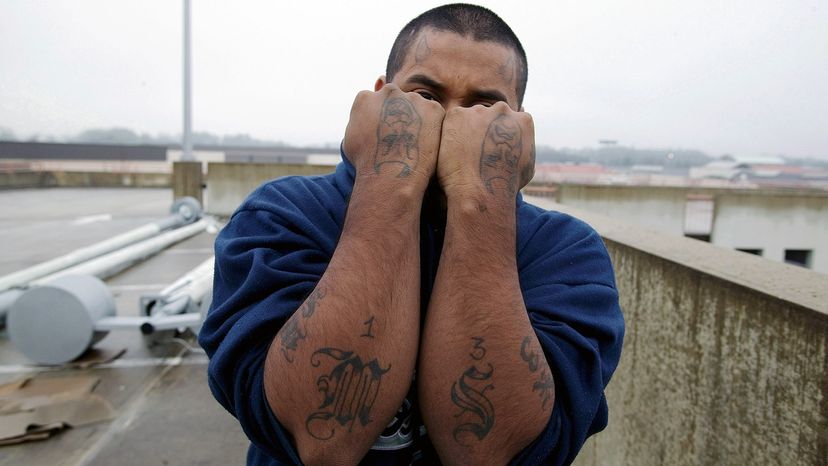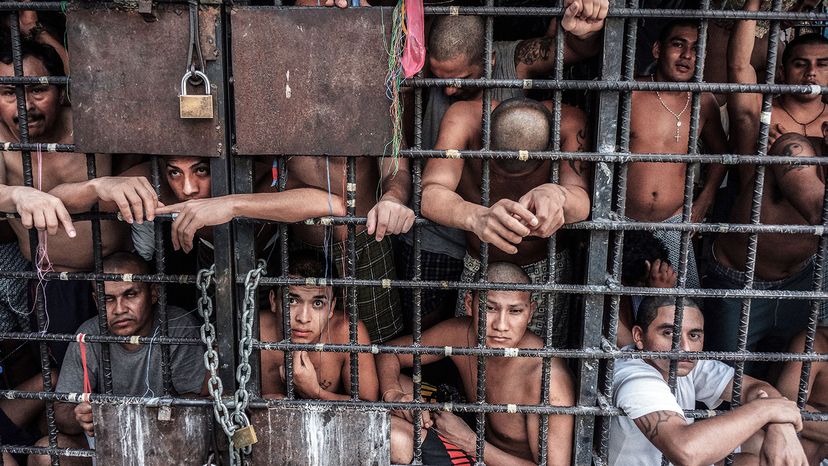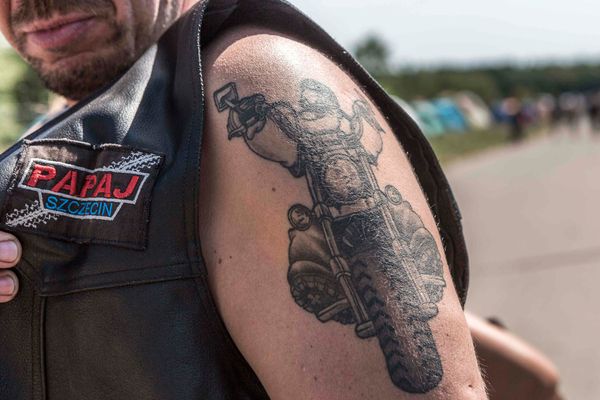
La Mara Salvatrucha, known colloquially and infamously as MS-13, is a vicious, barbaric street gang. Now in as many as 40 states across the U.S., MS-13 members murder and rape, maim and terrorize. The stories of their depraved crimes are legendary.
These are truths that no one disputes. In fact, MS-13, like many street gangs, revels in its well-earned reputation. The group's motto, according to the U.S. Department of Justice, is "kill, rape, control."
Advertisement
If you listen to President Donald Trump and others, MS-13 is the result of America's failing immigration system. If the U.S. can stop MS-13 gang members from unleashing all their mayhem, deport them and prevent them from crossing the border, the thinking goes, then the country will be a much safer place.
Except, unfortunately, it doesn't work like that.
"Attention to gangs is valid. About 13 percent of the homicides in this country are gang related. That's far more homicides than from mass shootings or terrorism," David Pyrooz, a sociologist at the University of Colorado who specializes in gangs and criminal networks, says. "But let's remember this. The maximum number of homicides associated with MS-13 in a given year — gang-related homicides — is about 2 percent of the total ... gang-related homicides in the United States. That is, I hate to use this language, but that is in many ways a drop in the bucket when it comes to gang activity."
So why all the attention? Why is this president and his entire Department of Justice so hellbent on bringing down this one, albeit particularly violent, gang?
"MS-13 is sort of the perfect boogeyman," Pyrooz says. "They are the moral panic; the connection to immigration, the connection to Latinos, and then the heinous violence, makes it so they can function as this evil boogeyman."

Advertisement

